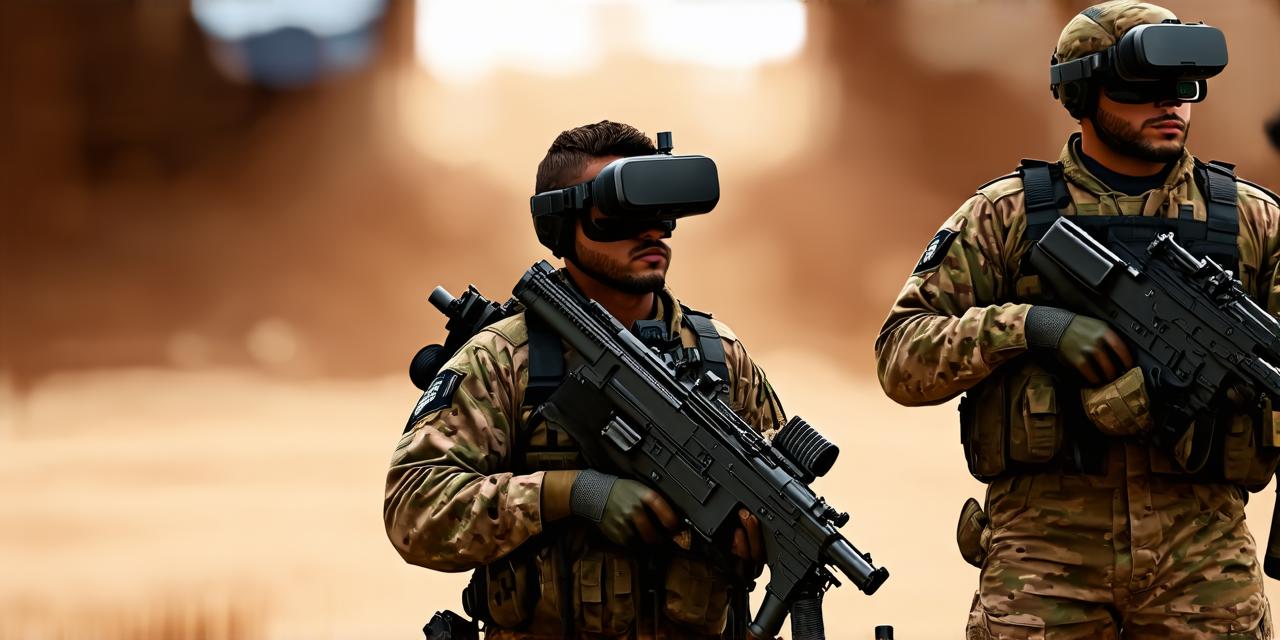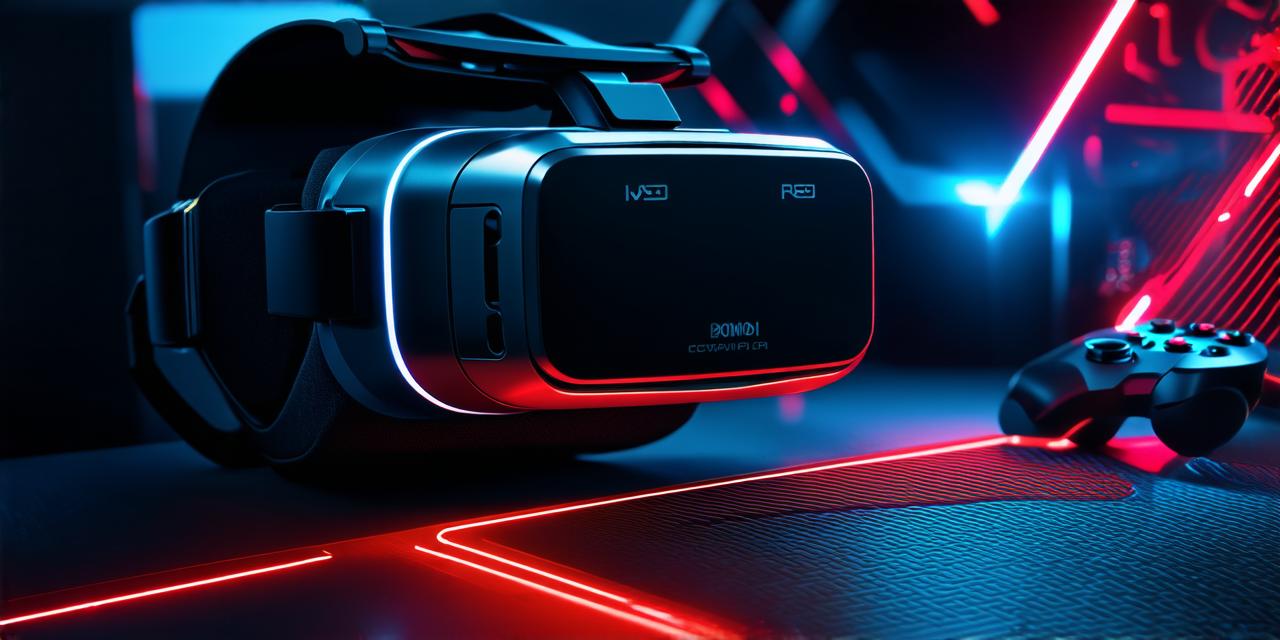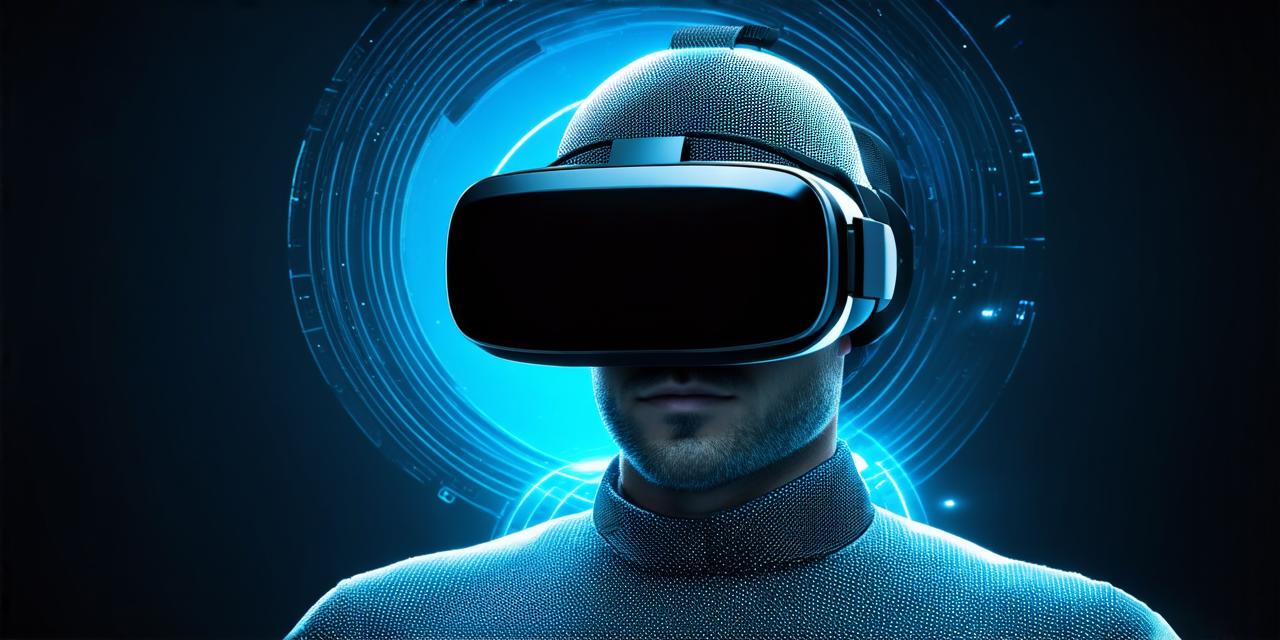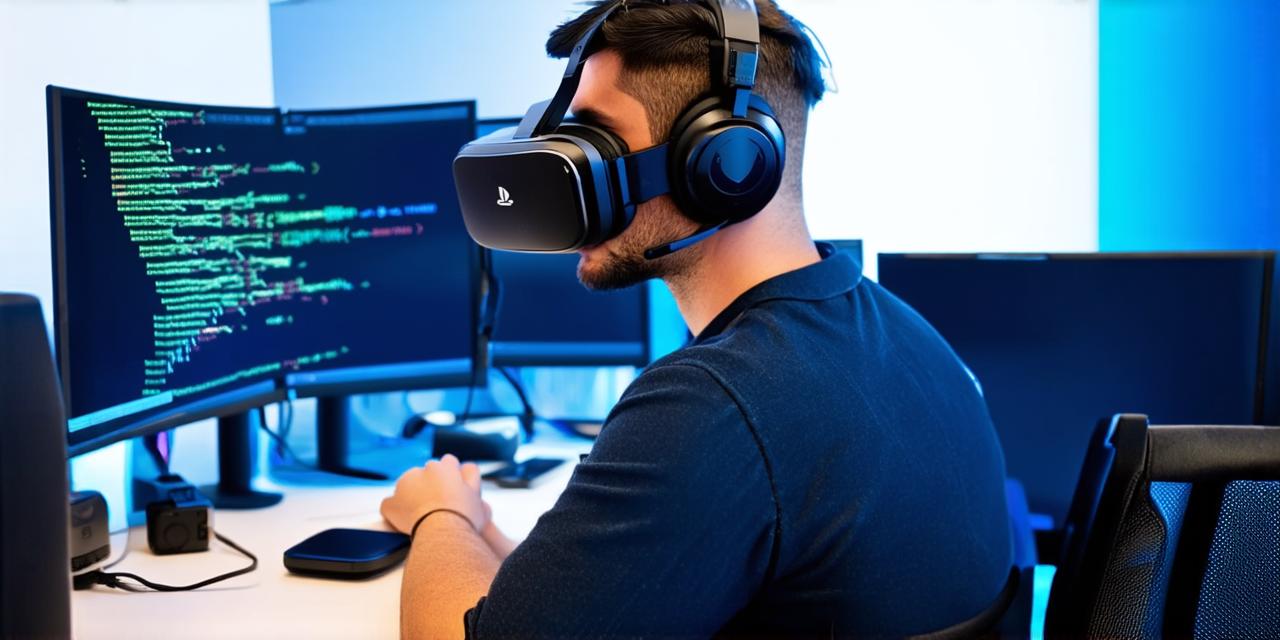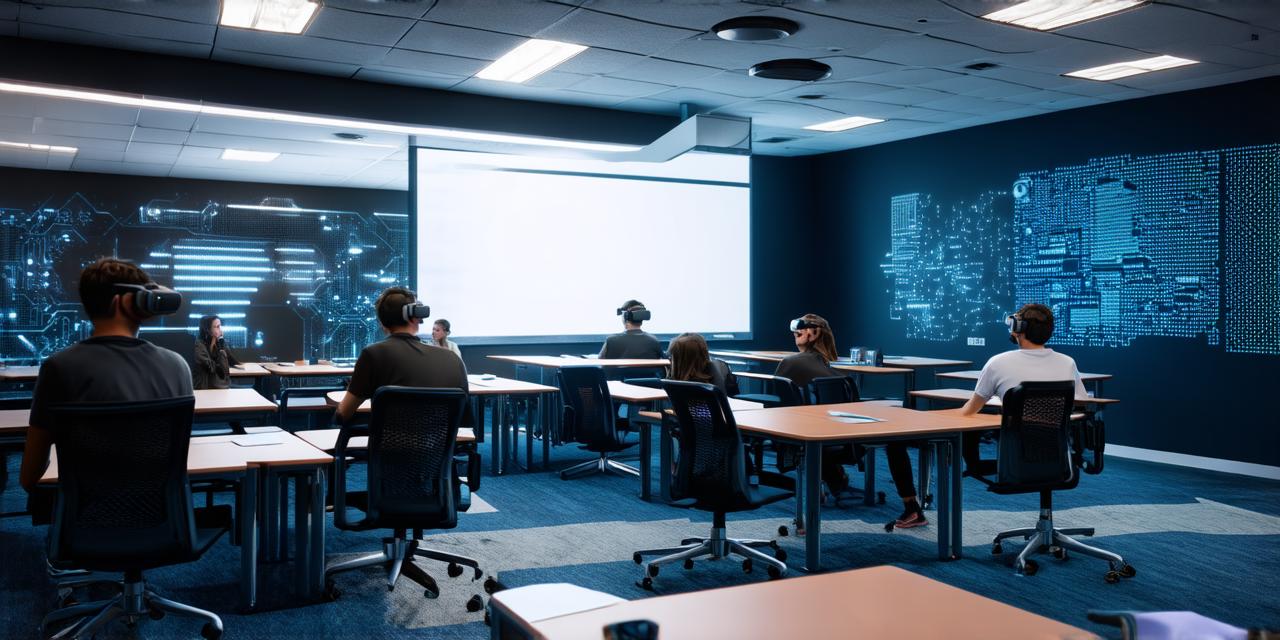Virtual Reality and Augmented Reality Technology in the Military: An In-Depth Analysis of AR Developers
Virtual Reality (VR) technology has become increasingly popular across various industries due to its ability to provide a realistic and immersive experience. In recent years, VR technology has also found its place in the military, where it is being used for a variety of purposes, including simulation training and therapy.
Simulation Training: A Key Application of VR Technology in the Military
One of the most significant ways VR technology is being used in the military is through simulation training. VR provides soldiers with a safe and realistic environment to train for real-life situations that may be too dangerous or costly to replicate in real life. By using VR technology, soldiers can gain valuable experience without putting their lives at risk.
The Virtual Training Environment (VTE) is one example of how VR technology is being used for simulation training in the military.
The benefits of VR simulation training are clear: it provides soldiers with a realistic and safe environment to train for real-life situations. By using VR technology, soldiers can gain valuable experience without putting their lives at risk. This type of training can also help reduce the cost of military operations by allowing soldiers to practice and perfect their skills in a controlled environment.
However, there are challenges associated with VR simulation training as well. One of the biggest challenges is ensuring that the virtual environment accurately reflects real-life situations.
Additionally, VR technology can be expensive, which can limit its availability to smaller units or branches of the military.
Therapy: Another Application of VR Technology in the Military
Another application of VR technology in the military is therapy. Virtual reality therapy provides soldiers with a safe and controlled environment to confront traumatic experiences, reducing the impact on their mental health. By using VR technology for therapy purposes, the military can provide soldiers with the support they need to cope with the challenges of combat and deployment.
AR Technology in the Military: Enhancing Situational Awareness and Decision-Making Abilities
Augmented Reality (AR) technology is another tool that is becoming increasingly important for the military, providing soldiers with additional situational awareness and enhancing their decision-making abilities. For example, the US Army’s Integrated Soldier Systems (ISS) program uses AR technology to provide soldiers with real-time information about the battlefield, such as enemy positions and friendly reinforcements.
By providing this information directly to the soldier, the ISS program enhances situational awareness and improves decision-making abilities.
The benefits of AR technology in the military are clear: it provides soldiers with additional situational awareness, enhancing their decision-making abilities and improving their overall effectiveness in combat situations. By using AR technology, the military can provide soldiers with the information they need to make better decisions in real time.
However, there are challenges associated with AR technology in the military as well. One of the biggest challenges is ensuring that the AR technology is integrated seamlessly into existing military systems and procedures.
Additionally, AR technology can be expensive, which can limit its availability to smaller units or branches of the military.
Summary: VR and AR Technology in the Military: A Promising Future
Virtual Reality (VR) and Augmented Reality (AR) technology are becoming increasingly important tools for the military, providing soldiers with new ways to train, heal, and perform their duties. From simulation training to therapy and beyond, VR and AR technology have a wide range of applications in the military.
AR developers play a crucial role in these applications, providing soldiers with additional situational awareness and enhancing their decision-making abilities. As the use of VR and AR technology continues to grow, it is likely that we will see even more innovative uses of these technologies in the future.
Overall, the potential benefits of VR and AR technology in the military are significant, providing soldiers with new tools to prepare for combat, heal from injury, and perform their duties more effectively. As the technology continues to evolve, it is likely that we will see even more exciting applications of VR and AR in the years to come.
FAQs
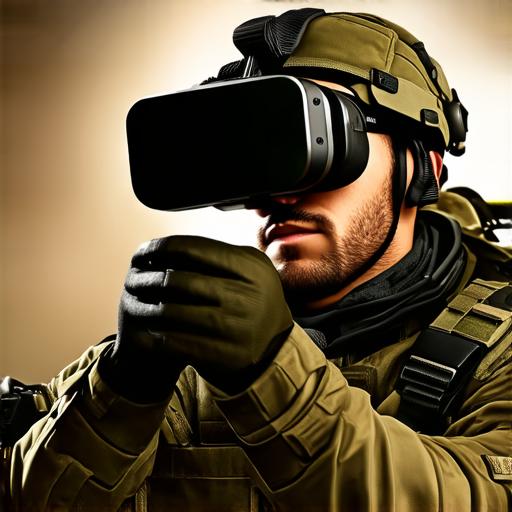
1. What are some of the key challenges associated with virtual reality training in the military?
One of the biggest challenges is ensuring that the virtual environment accurately reflects real-life situations. Additionally, VR technology can be expensive, which can limit its availability to smaller units or branches of the military.
2. How is augmented reality being used in the military?
Augmented Reality (AR) technology is being used in the military for situational awareness and decision-making support. For example, the US Army’s Integrated Soldier Systems (ISS) program uses AR technology to provide soldiers with real-time information about the battlefield.
3. What are some of the benefits of virtual reality therapy in the military?
Virtual Reality (VR) therapy provides soldiers with a safe and controlled environment to confront traumatic experiences, reducing the impact on their mental health. By using VR technology for therapy purposes, the military can provide soldiers with the support they need to cope with the challenges of combat and deployment.
